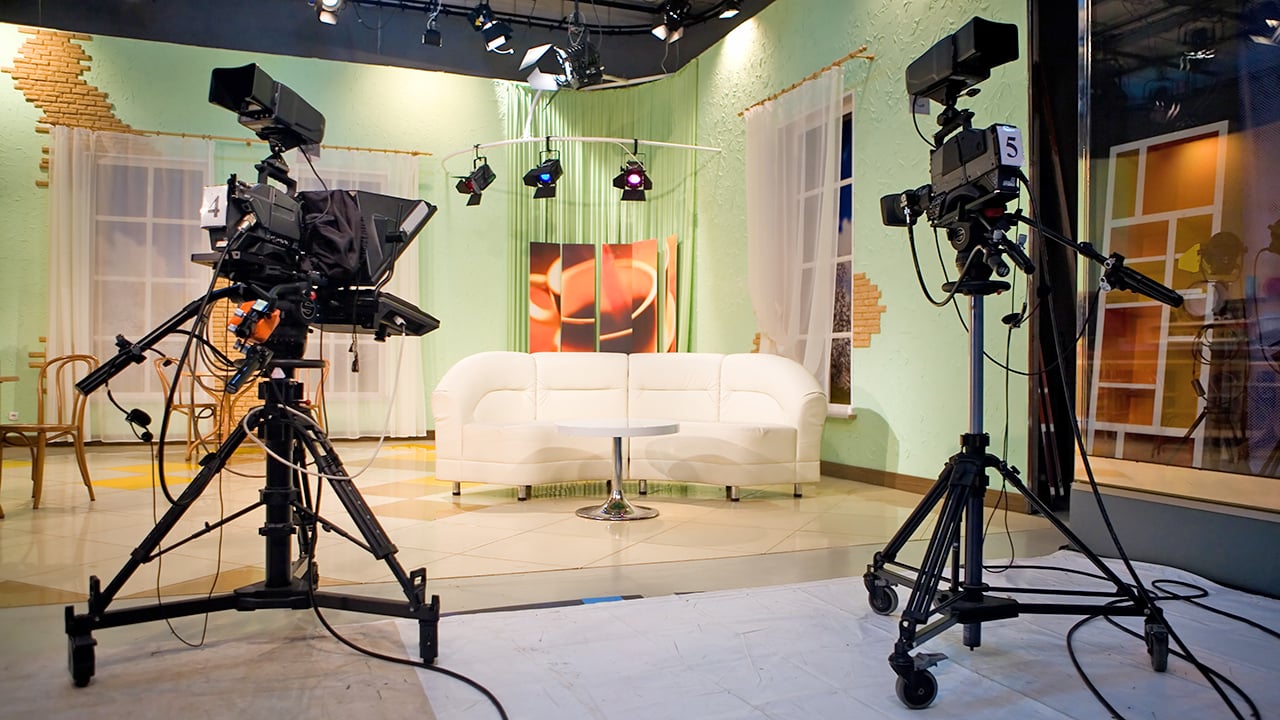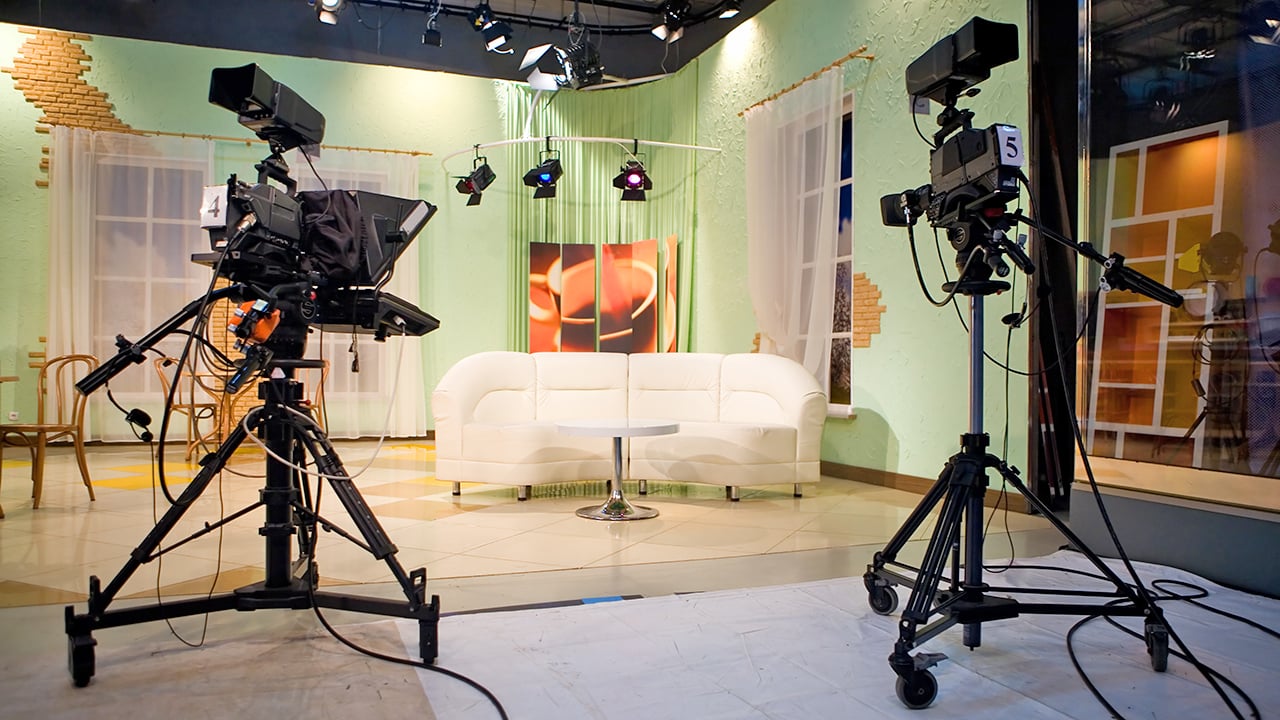

Reply: Single camera shooting is often a standard way of shooting drama, but multicam setups are becoming increasingly more used for both television and film. Adam Hamer delves into the many benefits that multicam shooting offers.
Modern television workflows have become so streamlined, that the narrative scale of small screen production has never been more expansive. This boom in television production has allowed for television to proliferate in a way not seen yet in entertainment history. This is due in part to the changing models of distribution, including digital platforms for streaming content and also the decline in theatergoing revenue. Less people than ever are going to see feature films in a venue, instead opting to absorb the majority of their entertainment from the comfort of their own homes.
This model for expanding the scope and scale of television, has also demanded a more sophisticated production workflow to keep pace with the small turnarounds required for television to be be released in a timely manner and also to allow for maximum flexibility on set and in post. This is often realized through the use of multi-camera setups. By having three or more camera units on studio television set, much ground can be covered simultaneously.
Classic multicam
In a classic multicam setup, different operators and units will run multiple camera rigs with differing lens configurations and often, different methods of cinematic motion capture. The variants in this setup range from doorway dollies and chapman dollies to jib arms, technocranes, maxima heads, movi pro’s and other gimbals as well as sliders and sticks. Utilizing different focal lengths on the different camera units allows for multiple angles and fields of view to be captured at the same time.
These various video feeds are then transferred to a control room if used in a live broadcast scenario as well as to an editing bay. The footage is piped exclusively to the edit bay in a more traditional production pipeline. Covering many angles at one time with different styles of movement and perspectives allow for maximum impact on the power of the narrative.
Allowing for efficient production schedules, multicam shoots allow for small crews to cover a vast amount of script in a much shorter time than on a production with single camera units. The saving of time allows for the stories of modern television to cover much more ground than that of cinema. This creates series with winding and intricate narratives which stretch out over many hours and engage audiences the world around.
Performance can flourish
Multicam narrative television is very effective at creating an environment where performance can flourish. In this type of shoot, actors are allowed to perform with less constraints, as they are not often required to stop to have lights re rigged or the set re dressed for a close up shot. Pre-lighting sets for multiple angles favors the nature of the actor’s craft by giving the performance room to breathe so the actor is not always on standby, waiting for his close up. This takes the element of the constant pause out of the actor’s schedule. This in turn, streamlines the production team and allows for the story to unfold naturally, much as a play would in micro.
There are additional technical considerations that creatives encounter in a multi cam production. Lighting for a fluid and constantly moving set environment dictates that lighting and g&e departments analyze the structure of their lighting setups so as to favor the constant moving of the actors and camera department. In an effort to minimize the amount of time needed for each shot to be up on set, the gaffer and DOP will often seek to light the set, and allow the actors to move through the light.
Lighting a set to favor the environment creates a workflow which allows for actors to move through the space as the camera units capture multiple angles of the performance. These type of setups often require rigging high intensity 10K+ HMI or LED lights on the exterior of a set and diffusing these light sources as they enter in the buildings. Or alternatively the light can be left without diffusion and accented with texture using a hazer or pro mist filter in front of the lens.
Understanding how to best utilize coverage to frame out crew or grip and electric gear is of utmost importance in a multicam workflow. Carefully blocking talent and crew is of extreme importance in the production, as scenes often take place in tight spaces or utilize complex rigging systems such as a technocrane, libra head concurrently with a steadicam and Chapman dolly. This multitude of heavy machines and people calls for a synchronicity between players and an extreme level of knowledge and professionalism.
Only at this level can a multi-headed hydra such as multicam production really thrive and work to create a stronger result than a classic single camera shoot. The scale of modern productions calls for a complex and integrated team effort to cover extensive narrative ground in a short period of time.
The need for more content
In our modern world of voracious binge watchers, the need to create content to feed the appetite of the ever expanding home audiences has grown in scale and dictated the needs of productions the world around. This need for more comprehensive entertainment, has shifted the nature of the auteur to the small screen, and as a result many well known talent names have flocked to the small screen. There is an ever expanding roster of filmmakers and top name talent who have made the leap triumphantly to the small screen.
The adoption of high tech cinema technologies has created an environment where narratives greater in scope than anything seen in the past, have taken over the once simple studio television production pipeline. This has expanded the scale and audience of television and led to large budget productions intended for the small screen, becoming more and more commonplace. This has shifted the demand in entertainment from making mid-range studio pictures to television. As a result many filmmakers have embraced this transition and used the greater flexibility in narrative freedom, enabled in part by multicam production setups, to create works of art with greater scope and more involved storylines than ever before. This shifting in the nature of the entertainment business has created television of a scale and scope never before seen and elevated the quality of the medium to that of an art form.
Title image courtesy of Shutterstock.
Tags: Production


Comments